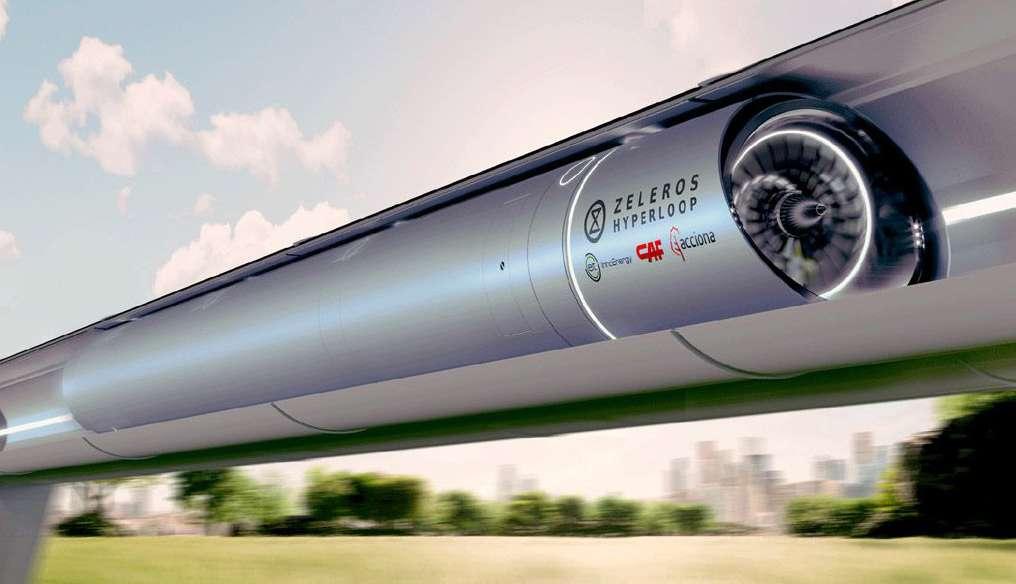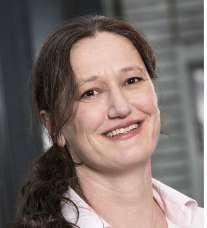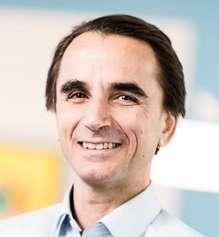
2 minute read
Smart and efficient buildings and cities
Forty per cent of the world’s energy is consumed in the built environment, accounting for ca. 36% of the global CO2 emissions. The building stock in the EU is relatively old, with more than 40% of it built before 1960 and 90% before 1990.
Older buildings typically use more energy than new buildings and are less comfortable to live in. Energy efficient buildings and cities are key to sustainable and affordable development.
We are fostering innovation that:
Enables burden free refurbishment and decarbonisation
Enables affordable, energy-positive buildings
Encourages energy-saving behaviours at home and at work while at the same time improving personal well-being
Supports a smart and sustainable transport system
Enables livable, accessible, and affordable sustainable cities
Challenges
Affordable, decarbonisation and self-consumption systems for buildings

Scalable, burden free refurbishment systems
Industrialisation and modular construction to reduce cost and labour
Circularity of materials and components
Digitalisation, intelligence, and personalisation services
New customer centric business models overcoming barriers such as high CAPEX, complexity, and unclear liabilities
Main contribution to UN SDGs
Lucienne Krosse
Thematic Leader, Smart and efficient buildings and cities
To realise the climate goals, acceleration of the refurbishment and decarbonisation of existing buildings is imperative. More systemic, scalable, and bankable solutions are needed with a clear focus on the customer needs. Not only to accelerate refurbishment rates but also to improve the livability, accessibility, and affordability of living in cities.
Commercialising Company Name Busto
Commercialising company name
Funds raised
€15M MtCO2e*
1,320 passengers and 5M tons of cargo*
Challenge To Be Solved
18,000
Kms of Hyperloop routes implemented*
300m
*Estimated by 2050
Current transport technology cannot achieve intercity mobility sustainability goals. The current available mobility portfolio is not enough to achieve a carbon neutral economy. By 2050, 70% of the population will live in cities with new mobility needs. Every year air traffic doubles globally generating congestion and today transport is responsible for more than 25% of global GHG emissions. We propose an alternative way of fast, sustainable, automated intercity transportation.
The Solution
Hyperloop, the 5th mode of transportation, has the potential to complement the current transport portfolio by bringing the speeds of a plane to land transport, reshaping how cities are connected.
The Opportunity
Zeleros is developing core hyperloop technologies that will represent a massive market opportunity in the next decades. These technologies can also be exploited in more mature markets demanding hyperloop-inspired solutions to achieve greener and more efficient results, such as port electrification, in a shorter term. Finally, this technological effort is being led from a very cooperative approach with solid industrial players and in conjunction with hyperloop developers, strengthening the ecosystem.
Main contribution to UN SDGs
David Pistoni CEO of Zeleros


“Zeleros is leading the development of key technologies for mobility decarbonisation, thanks to close collaboration with EIT InnoEnergy. This opportunity will have a massive impact in our society, reducing travel time, increasing efficiency, and being a game-changer for intercity mobility.“
Pedro Riera Investment Director IBERIA
“InnoEnergy has invested in Zeleros because we believe its hyperloop technology has the potential to radically transform cities and ground transportation, reducing CO2 emissions and improving energy efficiency. In addition, Zeleros' highly-skilled team and focus on collaboration with other companies perfectly complements InnoEnergy's vision of driving innovation and sustainability across society and cities.“









